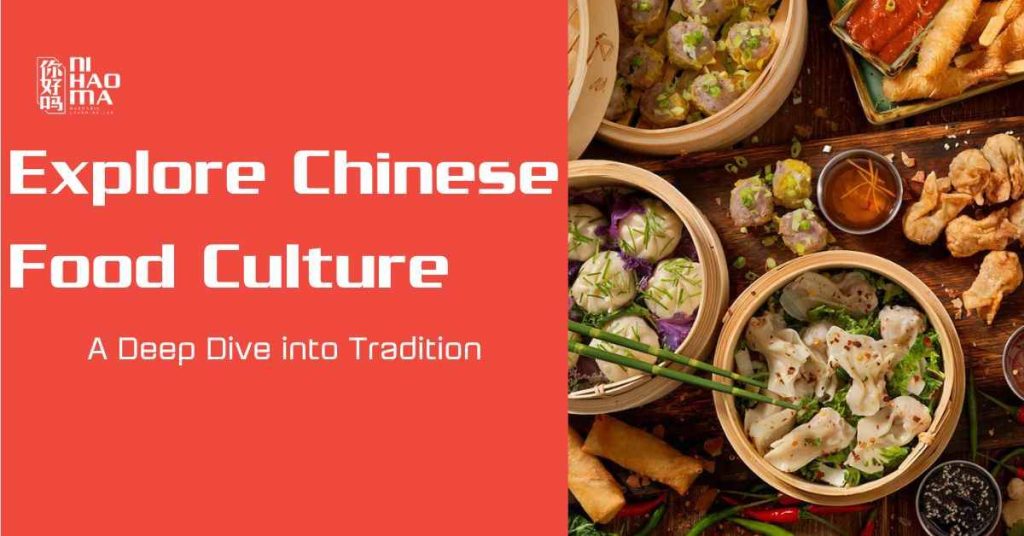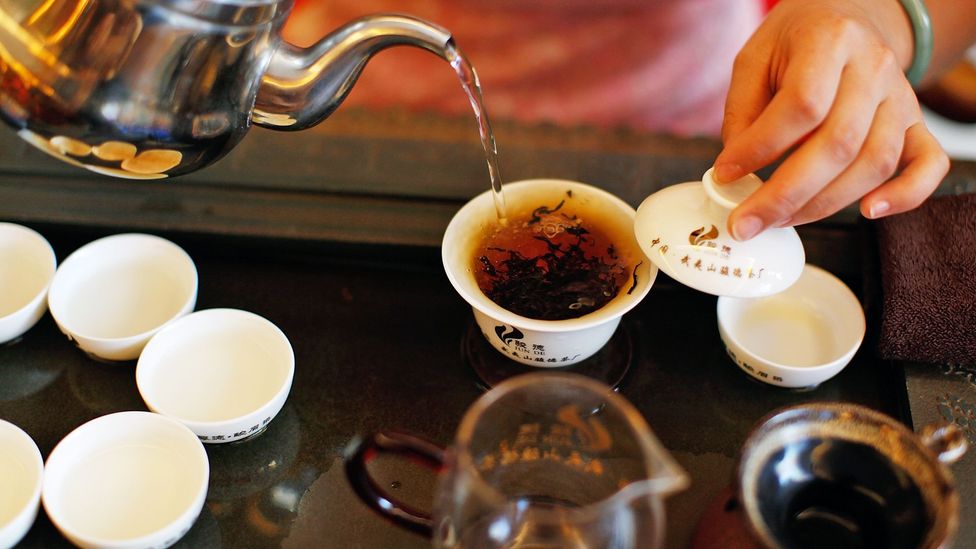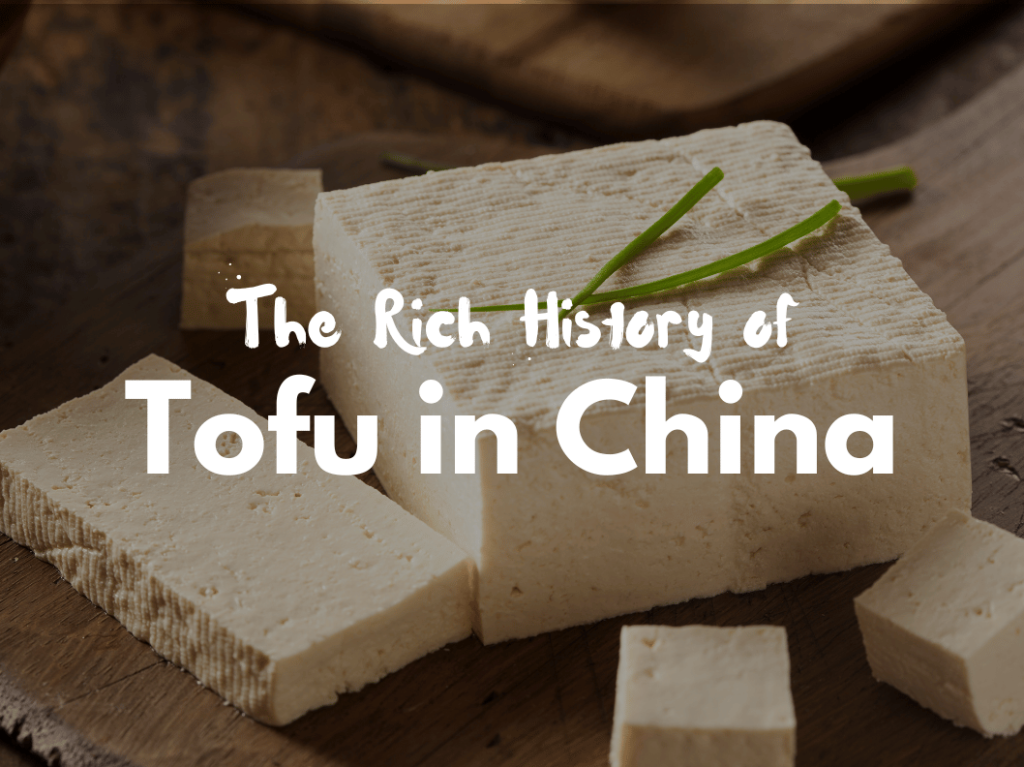
Dive into the rich and vibrant world of Chinese food culture! Unearth centuries-old culinary secrets & savor tantalizing flavors. Don’t miss out – read now!
What comes to mind when you think about Chinese food culture and cuisine? Is it the aromatic spices, the diverse flavors, or the unique cooking techniques? Do you know why dishes have such profound symbolic meanings? Let’s join us and embark on an unforgettable gastronomic journey to explore China’s rich cultural tapestry together!
The Importance of Food in Chinese Culture
Chinese cultural food is more than just a means to nourish the body. It is an integral part of Chinese culture, deeply rooted in traditions, ceremonies, and festivals. It also plays a significant role in promoting social relations, expressing religious sentiments, and even serving as a form of medicine.
Role of Food in Chinese Traditions, Festivals, and Ceremonies
In Chinese traditions, food is pivotal in fostering connections and expressing respect. A common tradition is the family reunion dinner, especially during the Lunar New Year, where dishes such as dumplings, fish, and spring rolls are prepared, each symbolizing prosperity, abundance, and wealth, respectively. These meals serve as a platform for family bonding and honoring ancestors.
The Chinese calendar is laden with festivals, each with its unique food. Mooncakes are exchanged and shared during the Mid-autumn Festival, symbolizing unity and completeness. The Dragon Boat Festival is marked by eating Zongzi, sticky rice dumplings wrapped in bamboo leaves, honoring the ancient poet Qu Yuan. These foods serve as a delicious reminder of China’s rich history and folklore.
Similarly, in Chinese ceremonies, food also holds a much deeper significance. A tea ceremony is held at weddings, where the bride and groom serve tea to their elders, symbolizing respect and gratitude. During funerals, food and drink offerings are made to honor the deceased’s spirit. In ancestral worship, dishes are presented to the ancestors, a practice rooted in filial piety, respect, and remembrance.
Food as Medicine
The concept of food as medicine is a fundamental aspect of Chinese culture. Rooted in the principles of Traditional Chinese Medicine, foods are believed to possess particular properties that can help balance the body’s yin and yang. These two opposing forces make up all aspects of life.
For instance, ginger is considered a warm food that can help dispel cold in the body, while watermelons are seen as cool and can counteract heat. This belief underscores the importance of diet in maintaining health and preventing diseases in Chinese culture.

The Symbolism of Food in Chinese Culture
As mentioned above, food plays a significant role in Chinese culture and is much more than just a means to sustain life. The Chinese see food as a source of nourishment and a symbol of various aspects of life, such as health, happiness, love, and fortune. Let’s explore these symbolic meanings of food in the country’s culture!
Health
In Chinese culture, certain foods are believed to have healing properties and are used to maintain good health. For instance, ginseng is highly revered for its restorative properties, boosting energy, lowering blood sugar, and promoting heart health. Similarly, goji berries, with their bright red color, are associated with vitality and longevity.
Happiness
Food also plays a critical role in symbolizing happiness in Chinese culture. For instance, dumplings, with their round shape and plump filling, symbolize wealth and prosperity and are often eaten during the Chinese New Year to usher in a prosperous year ahead.
Another popular food, the fish, due to its pronunciation similar to “surplus,” is often associated with abundance and considered a symbol of prosperity, usually served on celebratory occasions. Long noodles are served at birthday celebrations, symbolizing longevity and a long life.
Love
Food in Chinese culture is often used as a metaphor when it comes to expressing love. For instance, sweet sticky rice cakes, known as “nian gao,” are a popular gift for lovers because their stickiness symbolizes their bond.
The Chinese also use “yuan xiao,” or sweet dumplings, to symbolize love and togetherness, especially during the Lantern Festival on the last day of Chinese New Year celebrations. Also, the pomegranate, with its abundant seeds, is often seen as a symbol of fertility and love and is commonly used in wedding ceremonies.
Fortune
If there is one thing that Chinese culture is known for, it is the importance it places on wealth and fortune. Certain foods are consumed during New Year celebrations with the hope of bringing prosperity and good fortune. For example, whole pork symbolizes abundance and wealth due to its size. Serving an entire pig at a gathering signifies the host’s generosity.
Rice, a staple in Chinese cuisine, symbolizes abundance and fertility. During the Spring Festival, it is customary to fill the rice container to indicate a wish for abundant food in the coming year. Besides, oranges and tangerines are popular gifts during Chinese New Year as they are believed to bring good luck and fortune due to their gold color, and their names sound like “luck” and “wealth” in the Chinese language.

Food and Social Interaction in Chinese Society
Food in China is a medium of social interaction, a bonding tool, and a representation of etiquette. Understanding the role of food in Chinese society will give us a deeper insight into this civilization’s cultural norms and practices.
Food as a Social Bonding Tool
Food is a powerful tool for social bonding in Chinese society. It is often at the center of family gatherings, business meetings, and social events. The act of sharing a meal is seen as an intimate act that fosters trust, respect, and camaraderie.
The Chinese word for a family meal, “tuan yuan,” translates to “reunion” in English, emphasizing the importance of eating together as a family. This practice is not confined to immediate family members. It extends to friends, colleagues, and business associates as well. It is a way for individuals to strengthen their relationships and express their care for one another.
Food Etiquette in Chinese Society
In Chinese society, food etiquette is considered extremely important. It covers various behaviors, from using chopsticks correctly to serving elders first at the table. It is also considered impolite to refuse food the host offers, as it is seen as rejecting their hospitality. On the other hand, accepting food is seen as an acceptance of their friendship or goodwill.
In business settings, it is customary for the person who initiates the invitation to pay for the meal. This is seen as a sign of generosity and respect. Understanding and following these food etiquettes is vital to forming and maintaining relationships in Chinese society.

The Impact of Regional Differences on Chinese Cuisine
The richness of Chinese cuisine does not stem from a singular monolithic culture but from the myriad regional influences that have shaped its evolution. Let’s explore how regional differences have impacted the country’s gastronomic landscape.
The North: Wheat and Hearty Flavors
Northern China, known for its harsh winters and dry summers, heavily relies on crops like wheat, corn, and millet. This has led to a cuisine that primarily features hearty dishes like dumplings, noodles, and steamed buns. The dishes often use robust, warming flavors from ingredients such as garlic, spring onions, and vinegar, making them ideal comfort foods during the cold seasons.
The South: Rice and Delicate Flavors
On the other hand, Southern China boasts a milder and more humid climate, making it perfect for rice cultivation. As a result, southern Chinese cuisine is centered around rice and features an array of rice-based dishes like dim sum, rice noodle soup, and zongzi. The flavors are generally lighter, emphasizing fresh and subtle ingredients such as seafood, vegetables, and mild spices.
The West: Spices and Bold Flavors
Western China, including the Sichuan and Yunnan provinces, is famous for its bold and spicy flavors. The mountainous terrain and variable climate have led to a diverse mix of ingredients, including various unique mushrooms, yak meat, and chili peppers. This region gave birth to the iconic hot pot, mapo tofu, and kung pao chicken, known for their robust, spicy, and numbing flavors.

The Influence of Chinese Cuisine on Global Food Culture
With its vast variety and rich history, Chinese cuisine has significantly influenced global food culture. Its impact is felt far beyond the borders of China, as its culinary traditions have been embraced and incorporated into the food cultures of numerous countries around the world.
Adoption in Western Countries
Over the years, Chinese cultural foods and traditions have found a home in the hearts and kitchens of Western countries. This is mainly due to the influx of Chinese immigrants who set up restaurants, introducing the Western world to the culinary delights of their homeland. These restaurants popularized sweet and sour pork, Kung Pao chicken, and fried rice, which have become staples in many Western households. Chinese cuisine’s adaptability and ease of customization have also facilitated its integration into Western food culture.
Contribution to Street Food Culture
Chinese cuisine has also significantly shaped the global street food scene. Street dishes like dumplings, bao buns, and noodles are now ubiquitous in many cities worldwide. Not only do these foods provide a quick, affordable meal option, but they also offer a tasty introduction to the culture of Chinese food. The global popularity of Chinese street food attests to the cuisine’s ability to transcend cultural and geographical boundaries.

In A Nutshell
Chinese food culture is a vast and incredible landscape. It is a testament to its history, geography, and the creativity of its people. So why not start this gastronomic adventure? Immerse yourself with this rich culinary legacy and explore the diverse flavors of China. Engage, explore, and most importantly, enjoy yourself!


